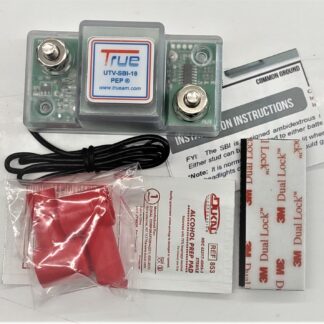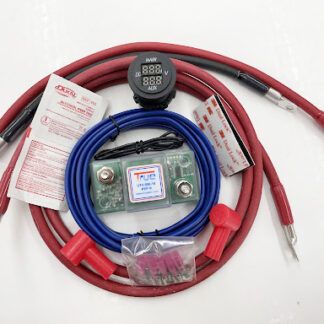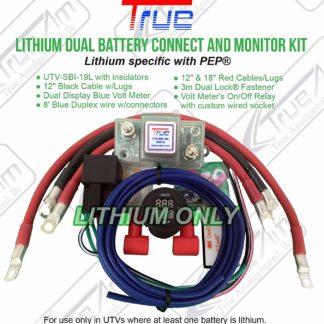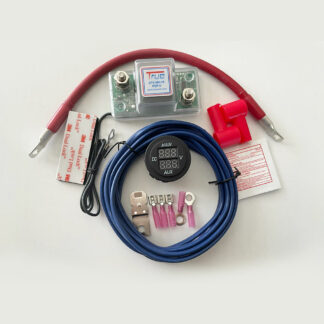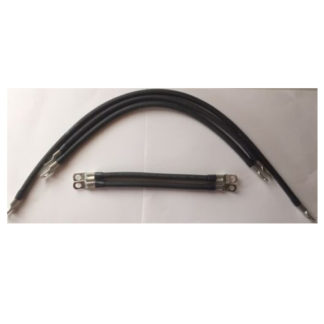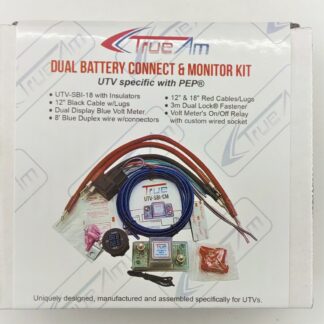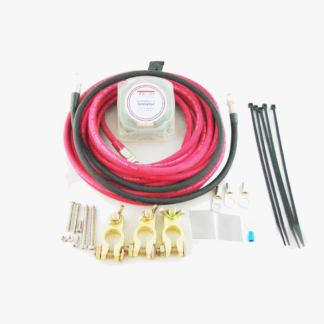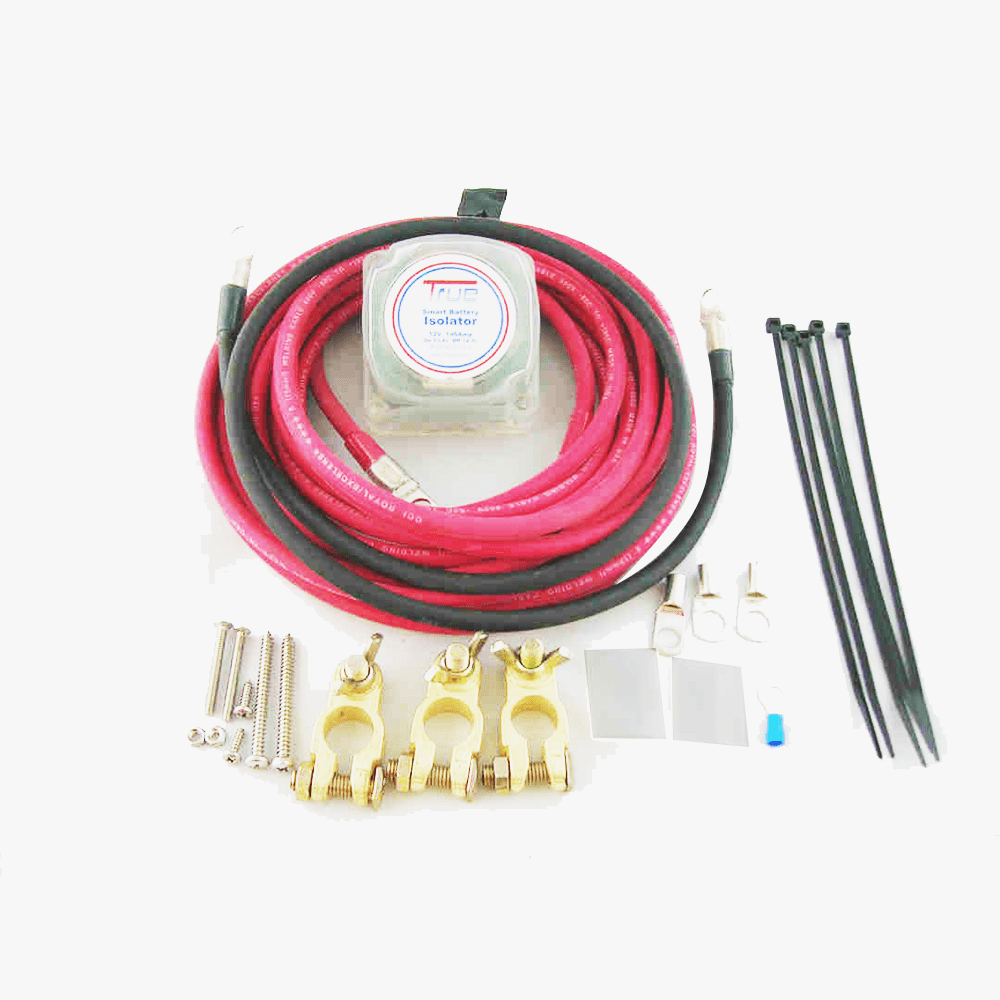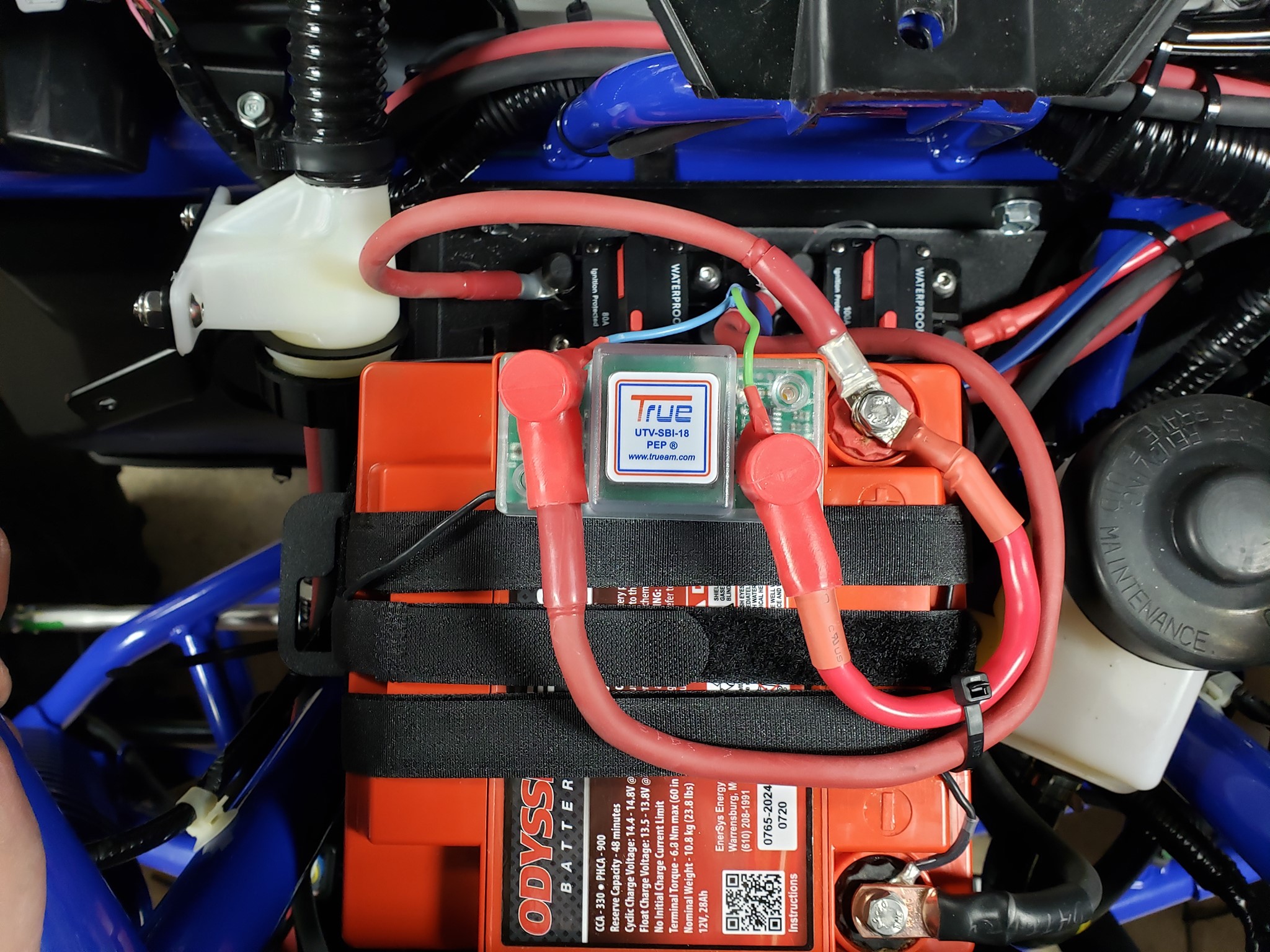
This article will walk you through the correct process of charging a deep-cycle battery. Before everything, however, an explanation of the definition and use of a deep cycle battery is necessary.
Deep cycle batteries are used when you need a battery to maintain a constant voltage for an extended period. For example, consider a battery in an RV or boat used to power the interior lights and gadgets. The battery needs to survive long enough to prevent the lights from dimming or equipment from failing. This necessitates a battery that can maintain a constant current for an extended time, even when virtually depleted.
On the other hand, batteries needed to start your boat or car require burst power. As a result, they must produce high amps for a short amount of time to turn your engine over and start it.
Internally, these two types of batteries have a distinct composition which means that a deep cycle battery is charged differently than a burst-type battery.
How to choose the correct charger based on battery type (flooded, AGM, or GEL)?
Finding a suitable battery charger will extend the life of your battery. However, choosing incorrectly may lead to battery damage.
Regular chargers for flooded cell batteries are designed to charge them quickly and at a high ampere rate. Fast charging, however, may reduce the life of your AGM or GEL battery and is not advisable. Another issue is that the rapid charge rate will cause the battery to overheat, possibly preventing it from reaching a fully charged state.
Finally, if a regular battery charger is left attached, it will overcharge the battery. You’ll need to calculate how long it will take to charge the battery fully before disconnecting the charger. To avoid all that hassle, use a smart charger that is compatible with AGM and GEL batteries.
The primary distinction between a regular and a deep cycle battery charger is the charging speed. Flooded batteries may be charged significantly faster than AGM or GEL batteries. As a result, they will be fully charged in a shorter period of time.
Furthermore, a battery charger should be able to provide roughly 10% of your battery’s maximum amps. For instance, if the battery is rated at 100 amp-hours, your charger should provide ten amps.
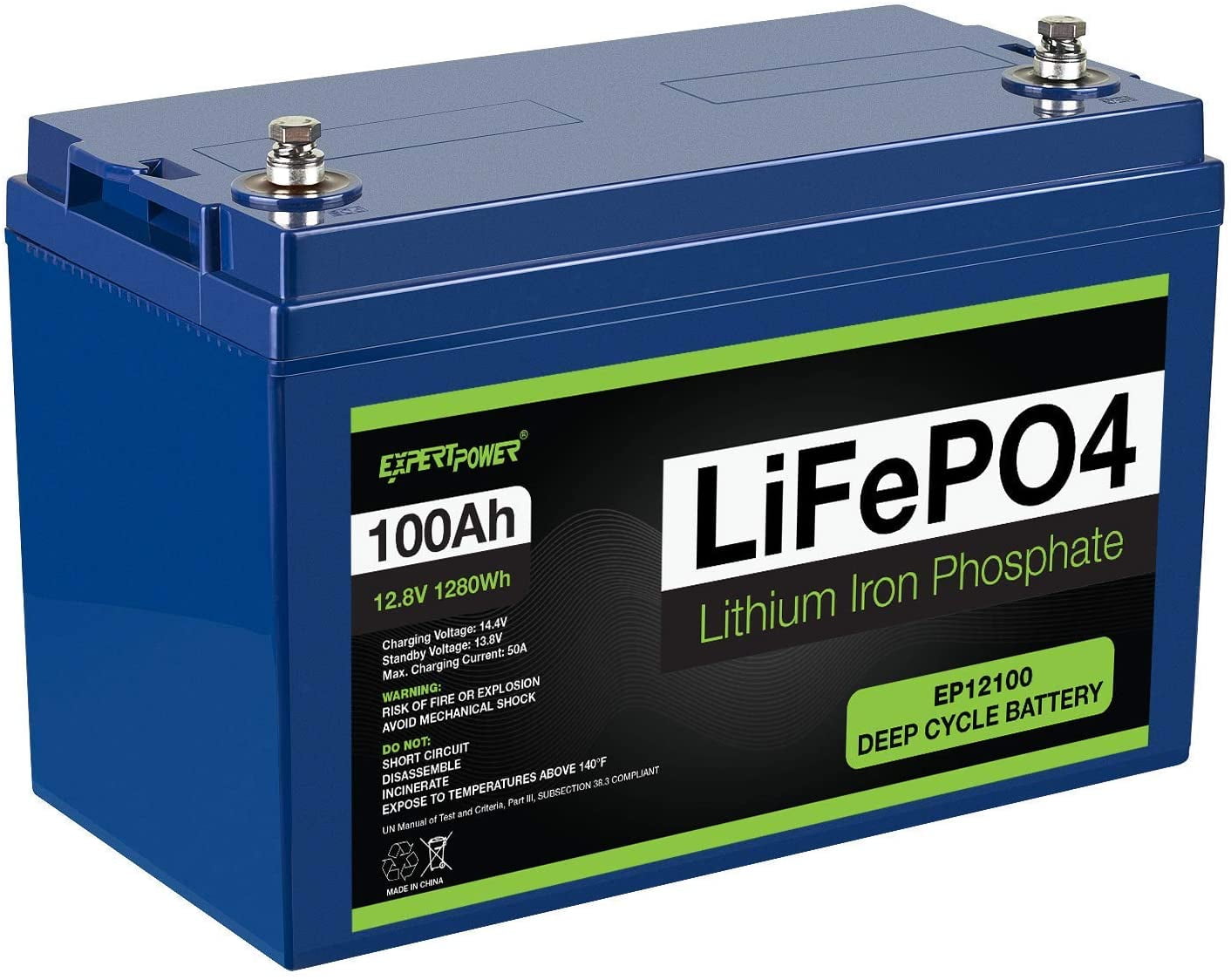
How long does it take to charge deep cycle batteries?
Allowing your battery charger to do it for you is the easiest method. A smart battery charger will pick the charging rate for you. In addition, your battery will enter maintenance mode once it has been fully charged. This is the preferred option for any battery type.
Without a smart charger, however, you’ll have to figure things out on your own. The simplest approach to figure out how long your battery will take to charge is to divide the charger output by the battery rating. A 10 amp charger, for example, might charge a 100 amp battery in 10 hours.
This, however, ignores the fact that deep cycle batteries charge at a slower rate. It also doesn’t take into consideration the current charge on your battery.
It would be better if deep cycle batteries were charged at much lower ampere rates. A 100 amp-hour battery will take slightly over two days to charge completely at a rate of 2 amps in this instance. Using a charging calculator, a more precise charging time can be computed.
How to charge your battery directly?
Check the battery terminals and make sure that they are sufficiently clean. Clean any oil or grime. If necessary, wire wool can be used. Ensure that the cables are properly attached to the battery terminals. The red (positive) cable should be connected to the red terminal first. Afterward, connect the black (negative) cable to the black (negative) terminal.
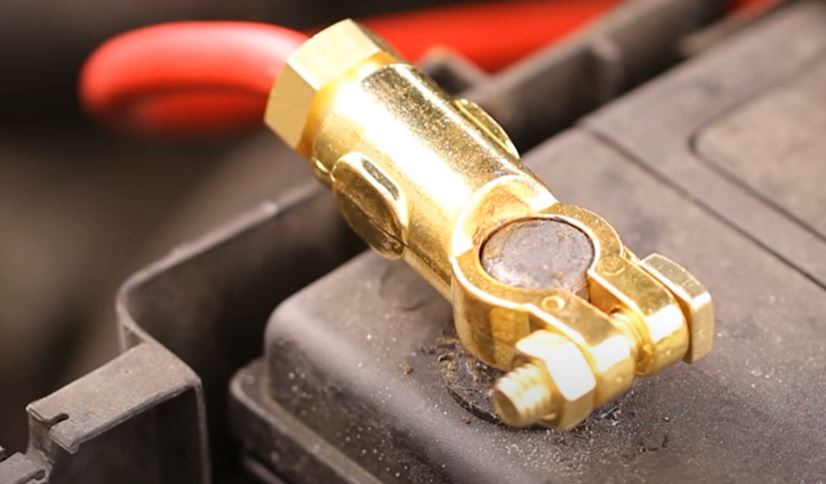
Connect your charger and turn it on. Ensure the charger is charging by looking at the indicator (if available). When a smart charger is done, it will notify you. If you’re using a non-smart charger, remember to unplug it once the charge period is up.
To unplug the charger, first, disconnect the black cable, then unplug the red cable.
To avoid corrosion, lubricate the terminals.
Using The Alternator As A Second Battery To Charge A Deep Cycle Battery
The onboard electrical systems in RVs and boats are powered by a deep cycle battery. Although the alternator can charge the battery, it is not advisable to connect multiple batteries in parallel. Therefore, we’ve provided several alternative options below:
The dual battery isolator’s function is to permit the batteries to charge independently. The isolator will start charging the battery with the lowest voltage first until both batteries are charged to the same voltage. It will then switch to charging both batteries at the same time.
The isolator has the advantage of keeping the batteries electrically isolated. This means that if your accessories battery is low, you won’t mistakenly drain your engine starting battery.
Utilizing a device such as the “True® Smart Battery Isolator”
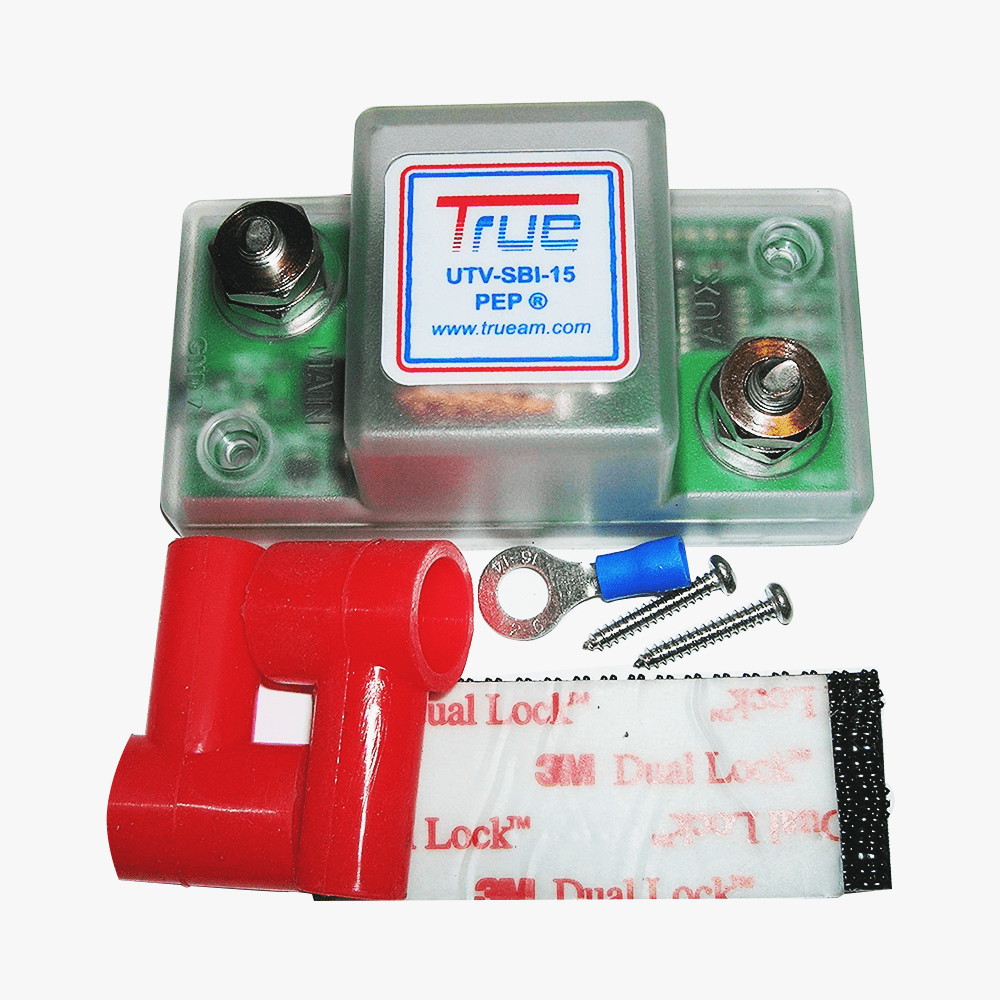
Technology such as the True® Smart Battery Isolator is installed between the auxiliary and primary batteries. Smart charging software is included, ensuring that each battery gets the appropriate charging amperes. It includes regulated charging for your accessories and is ideal for quick charging. However, aside from being affordable and flexible to the model of your vehicle, the device forces your alternator to produce its appropriate power to speed up charging. The good thing about True® dual battery isolator is there are no connection requirements between alternator and battery isolators guaranteeing balance and consistent charging.
Fixes For A Deep Cycle Battery That Won’t Charge
If feasible, try the charger with a different battery. It, like any other electrical system, can malfunction.
Make sure you’re using the right charger for your battery. It’s best to use an AGM charger if you have an AGM battery. It has diverse functionalities depending on the battery type.
If batteries are never fully charged, they might get sulfated over time. It will eventually prohibit the battery from charging to 100% and cause it to hold less charge.


